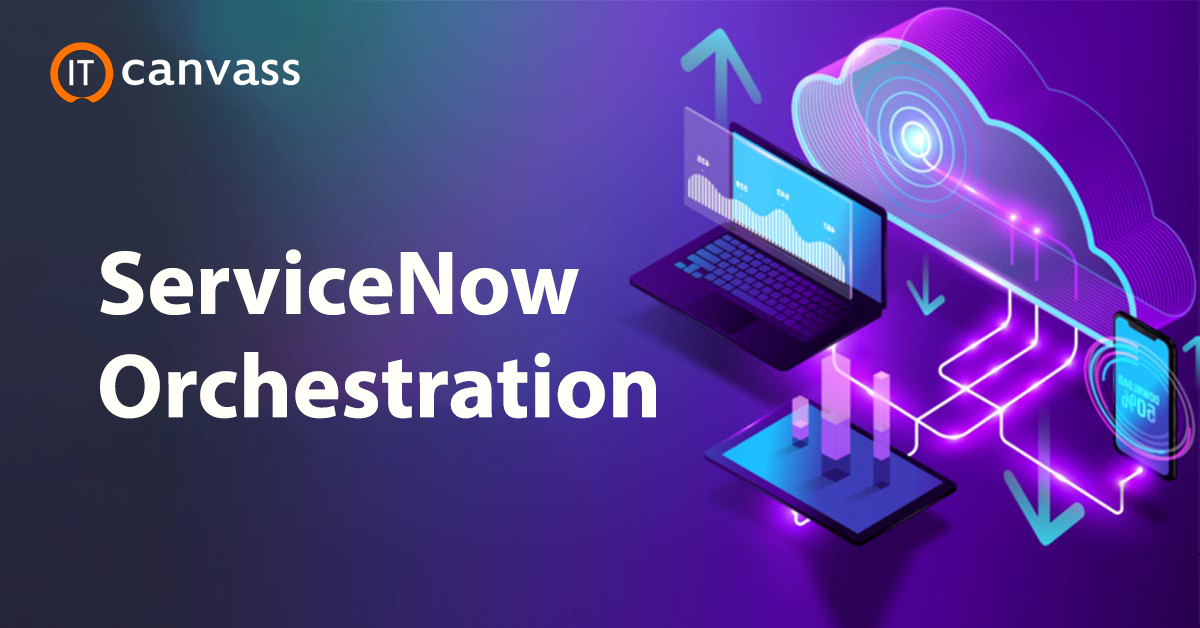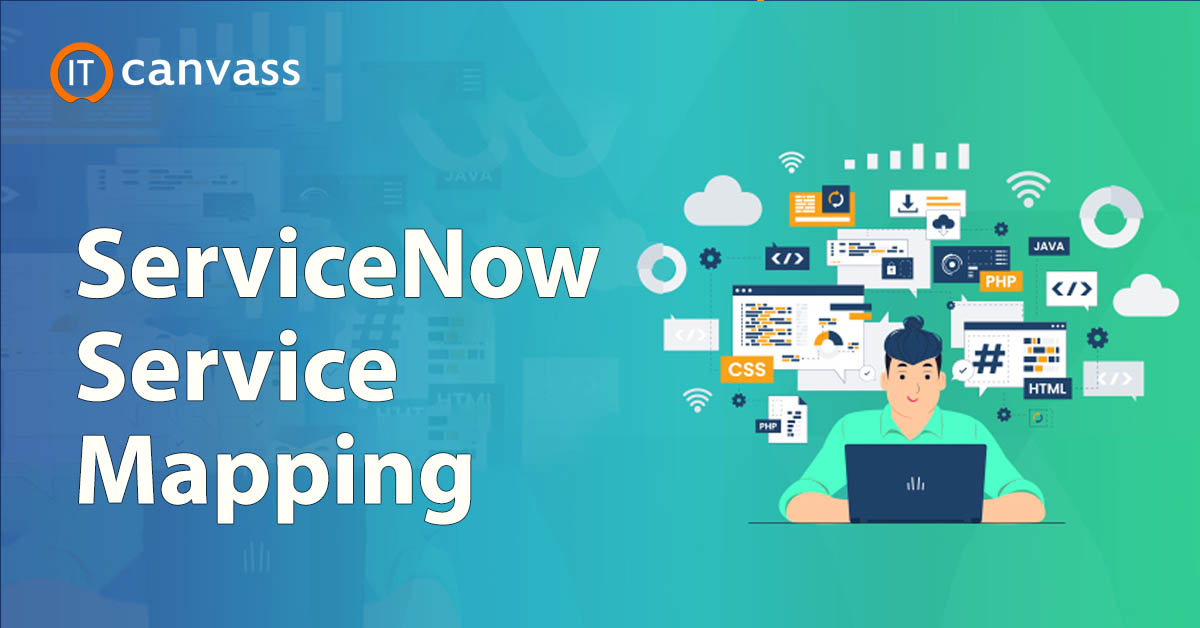Have you ever thought about finding the major differences between OKTA and Sailpoint security tools? No worries. We are here to help those who are looking to choose the best security and governance tool to protect their systems and devices. In this Sailpoint vs OKTA blog, you will be learning the topmost differences between the tools. We have differentiated them based on a few factors like connectivity, active directory based integration, integration with HRMS, functionalities, features, usage, and reviews. What are you waiting for, let’s get started.
SailPoint VS OKTA - Table of Content
What is OKTA?
OKTA is a cloud identity service that securely provisions and connects users to the cloud and SaaS applications as they need to do their best work. We can also define OKTA as “a unit of measurement used to describe the amount of cloud cover at any given location such as a weather station”. We know that OKTA is an authentication tool, that enables users to authenticate their business operations and perform tasks like multicore authentications, account verifications, and also helps to recover your unforgotten password as well as unblock the account. There are two types of authentication available: 1. Multicore authentication, 2. Recovery.
Uses of OKTA
The following are the few advantages of OKTA:
1. OKTA tool provides lower TCO (Table content object) and higher operational efficiencies.
2. OKTA offers enhanced security posture.
3. Supports seamless and unified user experience.
4. Accelerated path to modernization.
5. Secure access to resources from any software device.
6. Eliminates the passwords from user login experience.
7. Securely manage the user and device lifecycle.
Want To Get SailPoint Training From Experts? Enroll Now For Free Demo SailPoint Training.

Sailpoint Training
- Master Your Craft
- Lifetime LMS & Faculty Access
- 24/7 online expert support
- Real-world & Project Based Learning
What is SailPoint?
SailPoint is an identity security tool that helps your business to manage any kind of cyber risk associated with cloud enterprises. Basically, SailPoint is an Identity Access Management or IAM for the small to mid-size companies to keep them safe. Identity IQ helps to manage a wide range of IAM processes like managing passwords, policies, access certifications, and access requests to maintain a high level of control over the business organization. With the help of the SailPoint application user can manage digital identities efficiently, securely, and confidently along with various robust features.
Uses of SailPoint
The below are the advantages of SailPoint:
1. SailPoint is identity management software that offers various robust features like automate provisioning, role management, user account management, and automates provisioning.
2. This is a flexible identity governance tool specially designed to offer to encompass visibility activities.
3. it’s a reliable platform that delivers high-level cloud based architecture solutions and on-premises activities to automate identity and user access management.
4. Native identity is one of the important features of SailPoint that is directly created in the IIQ to manage the specific departments.
5. Integrates with all the systems and automates the SaaS products.
Want To Get SailPoint Training From Experts? Enroll Now For Free Demo Sailpoint Training in India

Subscribe to our youtube channel to get new updates..!
Major differences between SailPoint Vs OKTA
In this section, we are going to explain the major differences between SailPoint and OKTA based on a few criteria.
1. Connectivity:
- SailPoint is used to build the OKTA connector that uses an application programming interface for synchronizing users, entitlements, access information, and groups. The API integration supports the bi-directional use cases.
- OKTA is a universal directory that is aggregated by SailPoint through the API connector. For example, HR can be integrated with SailPoint and the related information can be pushed to the OKTA by using a connector.
2. Active Directory-based integration:
- SailPoint is connected to active directory based integration. All the users and user profiles will be stored in an active directory along with related group information.
- OKTA also connected to active directory based integration. Here active directory will be used as the vehicle to store information about users, groups, and membership.
3. Integration with HRMS:
- All the HRMS will be connected and integrated with SailPoint. HRMS in SailPoint is the primary authoritative source to identify the data.
- OKTA helps to integrate the HRMS that depends on the customer’s existing deployment.
4. Integrated with active directory:
- SailPoint will be integrated with the active directory through the respective agents.
- OKTA can be used as an identity provider that treats active directory authentication sources at runtime. With the help of the OKTA active directory, the user credential will be validated.
5. Access management:
- SailPoint is an identity and access management tool, which helps to authenticate the users’ information, and group activities.
- whereas OKTA helps end-users to authenticate and access the applications. There are various features available to perform access management in OKTA, single sign-on protocols, SAML, Open ID connect, and SWA helps to secure passwords and protocols.
6. Life cycle management:
- Life cycle can be implemented in SailPoint that depends on the applications and systems. SailPoint offers bi-directional nature of the Sailpoint integration and relays the necessary user information.
- OKTA also helps to implement the life cycle that depends on the user and group information. This is also bi-directional in nature and integrates with various HRMS tools.
7. Users:
- SailPoint is best for 1000+ users as it offers an identity platform with a unique identity advantage. Due to this reason, most of the large size companies use the SailPoint tool to access and identify managements.
- OKTA is best for 500-1000+ users as it offers a cloud based platform that helps to manage business life cycle management, single-sign-on, reporting, and user access administration. Due to this reason, OKTA is the best-suited tool for midsize to large-size organizations
8. Features:
- SailPoint offers features like access certification, compliance management, privileged account management, password management, self-service access request, and user provisioning.
- OKTA offers features like access certification, compliance management, password management, privileged account management, multi-factor authentication, self-service access request, single sign-on services, and user provisioning.
9. Deployment and support:
- SailPoint offers cloud, web-based, and SaaS deployment. This platform can be used in mobile services like Android, iPhone, and IPad.
- OKTA offers cloud, web-based, and SaaS deployment. This platform can also be used in mobile services like Android, iPhone, and IPad.
Which is the best tool SailPoint or OKTA?
In this section, I am going to explain which one is the most popular tool in between SailPoint and OKTA.
SailPoint is less popular when it compares to OKTA, this is due to cost effectiveness, used only for a large organization, and offers less advanced features.
As per my knowledge, OKTA is the more effective and popular tool to use, this is because;
1. OKTA offers a complete identity management solution:
- Integration with 5000+ cloud applications.
- Works for clouds, on-premises, and mobile.
- Enhanced security and compliance.
2. Global customers:
- 3100+ customers across different industries in over 185 countries.
- Customers include firms such as century fox, adobe, Experian, and NASDAQ.
3. Industry recognition:
- Recognition by Gartner as a leader and visionary in industry management.
- Won “most innovative enterprise product of the year” at the UK cloud awards.
Enroll Now For Free Demo SailPoint Training in Hyderabad
Conclusion
In this OKTA vs SailPoint blog, we aim to provide a comprehensive comparison of these identity and access management tools. Both OKTA and SailPoint are cloud-based and on-premise authentication platforms. When evaluating the differences between them, it is important to consider the specific needs and requirements of your organization.
OKTA is an excellent identity and access management tool in cloud-based environments. It offers a comprehensive solution that includes improved security and compliance, along with seamless integration with over 5000 cloud applications. This extensive integration capability ensures a smooth and efficient user experience across various cloud platforms.
Furthermore, OKTA is highly versatile, as it can be deployed across mobile, on-premises, and cloud environments. This flexibility allows organizations to adapt and scale their identity management strategies to suit their specific infrastructure and operational needs.
It is worth noting that OKTA has gained significant popularity, with a customer base of over 3100 organizations spanning across 185+ countries. This includes renowned companies such as NASDAQ, Experian, Adobe, and Century Fox. Such a diverse customer base speaks to the effectiveness and reliability of OKTA's solution in meeting the needs of various domains and industries.
Related Articles
Categories
- Top ServiceNow Integrations one Should Know
- What is Servicenow
- ServiceNow Certification
- ServiceNow Interview Questions
- Servicenow Tutorial
- ServiceNow Ticketing Tool
- Servicenow SLA
- ServiceNow Fundamentals
- ServiceNow Administration
- ServiceNow Developer Instance
- ServiceNow Reporting
- ServiceNow Integration








